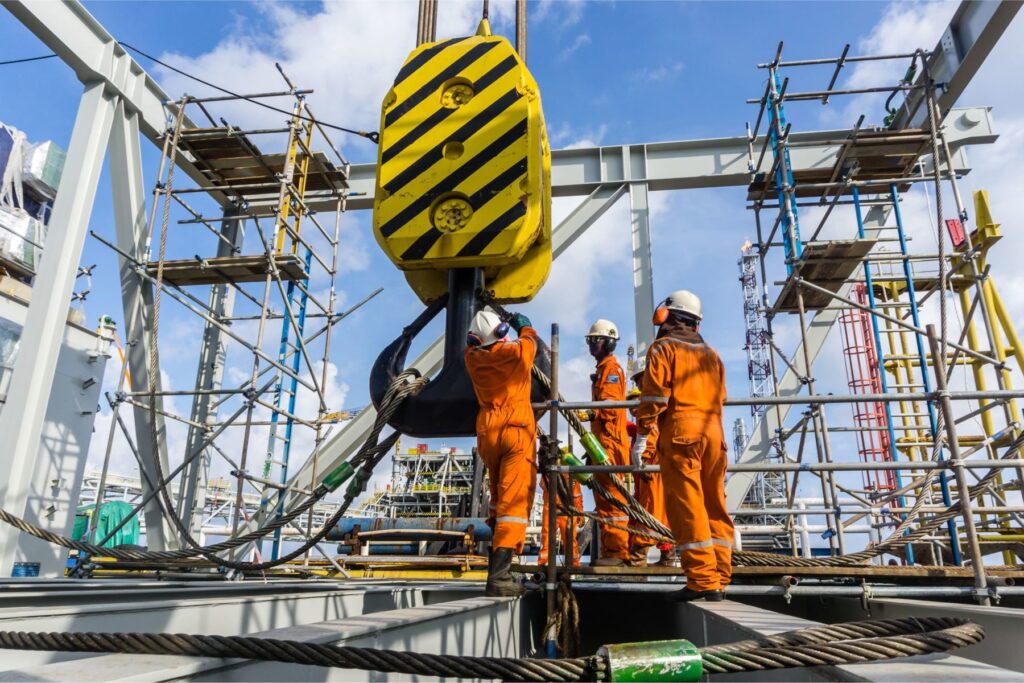CONSTRUCTION SAFETY: BEST PRACTICES FOR PREVENTING ACCIDENTS ON THE JOB SITE
Construction Safety: Best Practices for Preventing Accidents on the Job Site
Construction sites are inherently dangerous places, with various hazards that can lead to accidents and injuries if not properly managed. Ensuring the safety of workers and the public is a top priority in the construction industry. Implementing best practices for preventing accidents on the job site is crucial to achieving this goal. In this article, we will explore key points and strategies for maintaining construction site safety.
1. Comprehensive Safety Training
Effective safety training is the foundation of accident prevention on construction sites. All workers, including subcontractors and temporary laborers, should receive thorough safety training before starting work. This training should cover topics such as:
- Identifying and mitigating hazards
- Proper use of personal protective equipment (PPE)
- Emergency procedures
- Safe operation of equipment and machinery
2. Regular Safety Inspections
Frequent safety inspections are essential for identifying potential hazards and ensuring compliance with safety protocols. Conducting daily or weekly inspections can help catch issues early and prevent accidents. Inspections should encompass:
- Checking for proper scaffolding and fall protection
- Ensuring equipment is in good working order
- Confirming that all workers are using PPE
- Evaluating the cleanliness and organization of the job site
3. Fall Protection
Falls are a leading cause of construction site injuries and fatalities. To prevent falls, ensure:
- Installation of guardrails, safety nets, or personal fall arrest systems
- Properly secured scaffolding and ladders
- Regular inspection and maintenance of fall protection equipment

4. Hazard Communication
Effective communication about hazards is crucial. This includes:
- Clearly marking hazardous areas
- Posting safety signage and warnings
- Conducting regular safety briefings and toolbox talks
- Establishing a clear chain of command for reporting and addressing safety concerns
5. Equipment Safety
Construction sites often involve the use of heavy machinery and equipment. To prevent accidents related to equipment:
- Ensure all operators are trained and certified
- Conduct routine equipment inspections and maintenance
- Establish designated traffic routes and pedestrian walkways
- Implement lockout/tagout procedures to prevent accidental machinery activation
6. Emergency Response Planning
Accidents can happen despite best efforts. Having a well-defined emergency response plan is critical. This plan should include:
- Clear evacuation routes and assembly points
- First aid stations and personnel trained in first aid
- Contact information for emergency services
- Procedures for reporting and investigating accidents
7. Safety Culture
Creating a culture of safety is essential for long-term accident prevention. Encourage all workers to prioritize safety by:
- Providing incentives for safe behavior
- Recognizing and rewarding safety-conscious individuals
- Fostering open communication about safety concerns
- Holding regular safety meetings to discuss lessons learned and improvements
8. Use of Technology
Leverage technology to enhance safety measures. This may include:
- Implementing wearable technology to monitor vital signs and fatigue levels of workers
- Using drones for site inspections and monitoring
- Incorporating Building Information Modeling (BIM) for better project planning and hazard identification
9. Compliance with Regulations
Construction companies must adhere to local, state, and federal safety regulations. Staying informed about the latest safety standards and ensuring compliance is crucial to accident prevention.
10. Continuous Improvement
Construction site safety is an evolving process. Regularly review and assess safety procedures, seeking opportunities for improvement. Involve workers in the decision-making process to gather insights and suggestions.
Construction site safety is a collective responsibility that requires proactive measures and a commitment to best practices. By prioritizing safety through training, inspections, communication, and a culture of vigilance, construction companies can significantly reduce the risk of accidents and create a safer working environment for all.


